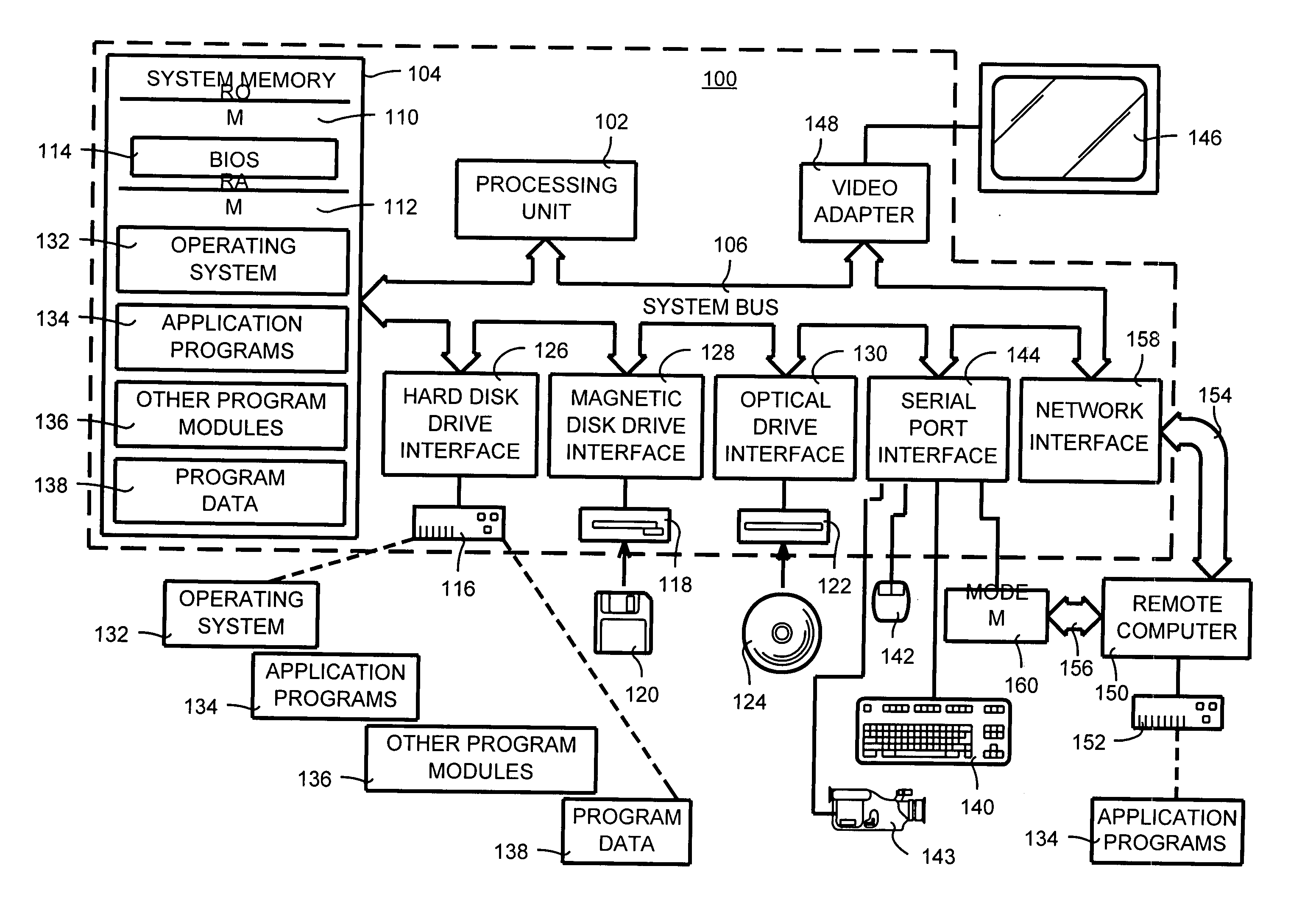Self-calibration for a catadioptric camera
a catadioptric camera and self-calibration technology, applied in the field of camera calibration, can solve the problems of image distortion, inability to capture the entire field of view, and large image detectors, and achieve the effects of accurate and thorough calibration, simple use, and accurate images
- Summary
- Abstract
- Description
- Claims
- Application Information
AI Technical Summary
Benefits of technology
Problems solved by technology
Method used
Image
Examples
working example
V. Details of the Invention and Working Example
[0038]FIG. 5 is a detailed flow diagram illustrating a working example of FIG. 4 of the present invention. This working example is provide for illustrative purposes and is only one of several ways in which the present invention may be implemented. The structural and mathematical details of this working example are discussed in detail below.
[0039] Referring to FIG. 5, a sequence of omni-directional images obtained from the catadioptric camera system is received as input (box 500). Next, point features are tracked across this sequence of images (box 510). Correspondences between point features across two different images are identified and used in the objective function to recover the calibration parameters (box 520). An objective function is defined as an error metric defined in terms of the deviation of pairwise correspondences from the epipolar geometry (box 530). The present invention includes two error metrics, both of which are def...
PUM
 Login to View More
Login to View More Abstract
Description
Claims
Application Information
 Login to View More
Login to View More - R&D
- Intellectual Property
- Life Sciences
- Materials
- Tech Scout
- Unparalleled Data Quality
- Higher Quality Content
- 60% Fewer Hallucinations
Browse by: Latest US Patents, China's latest patents, Technical Efficacy Thesaurus, Application Domain, Technology Topic, Popular Technical Reports.
© 2025 PatSnap. All rights reserved.Legal|Privacy policy|Modern Slavery Act Transparency Statement|Sitemap|About US| Contact US: help@patsnap.com



